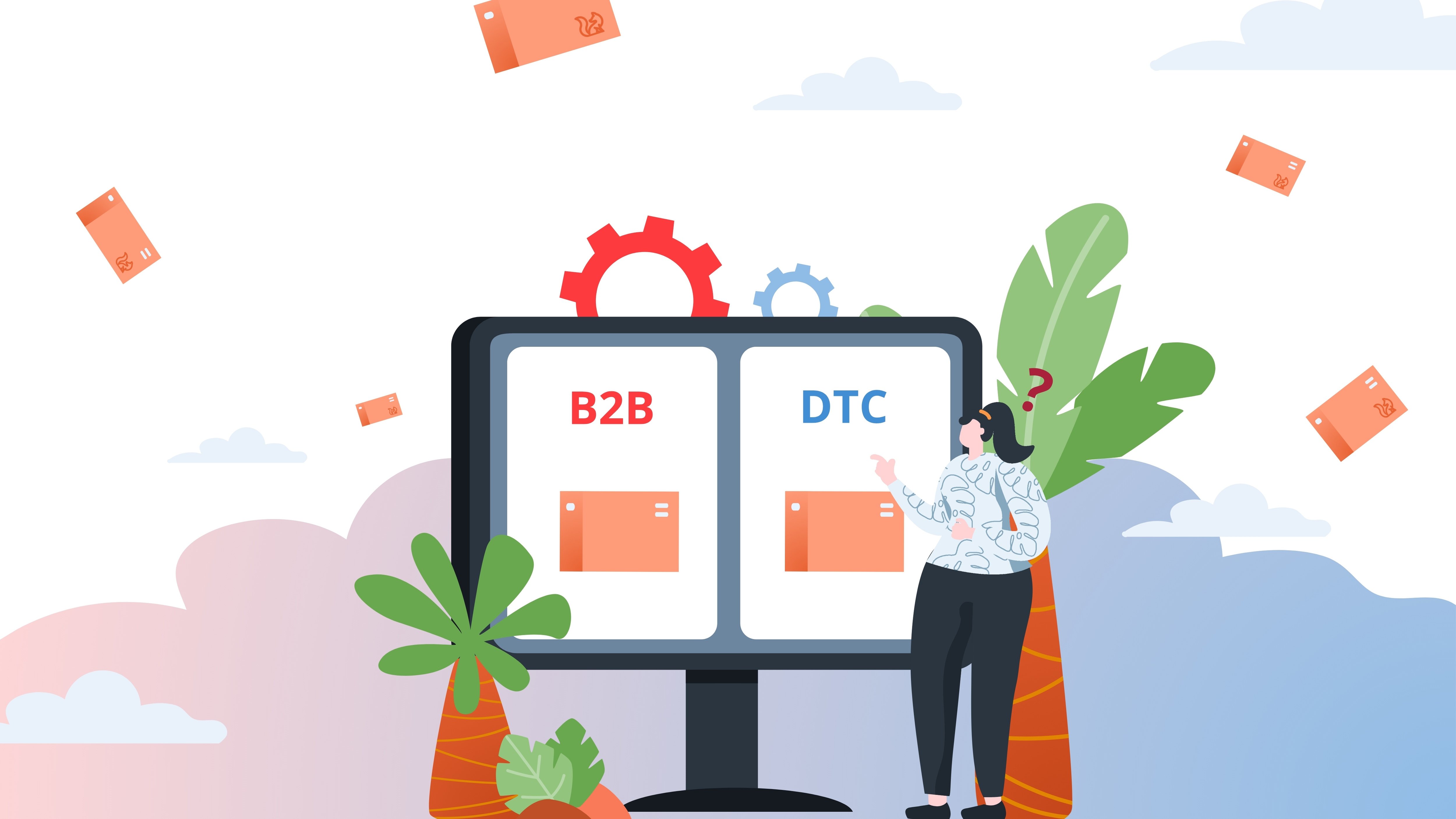How To Start A Subscription Box
Over the past five years, the subscription box industry has exploded. There’s no question why: they’re fun, they help consumers try new products at...

Everyone can be an entrepreneur these days, working and shipping products from a home office, garage, or really anywhere you can dream of. One day, you might wake up and realize you can’t run your business by yourself anymore. This may mean hiring other team members, moving to an office or small commercial space, and even looking at different fulfillment options. But how do you know when your company is ready for the next step?
We can’t tell you when to hire new team members or move to a new space, but we can help you learn more about your fulfillment options!
Here are a few signs your business is ready for 3PL outsourcing:
There are a variety of different fulfillment options for your growing business. So what are the benefits of outsourcing to a 3PL versus staying with your current in-house fulfillment strategy?
You will need to decide if your growing company wants to prioritize convenience or autonomy. If you have strong communication skills and want to hand over the majority of fulfillment responsibilities, working with a 3PL is the way to go. But if you aren’t willing to give up any control and have the bandwidth, you may be better off staying with in-house fulfillment.
There is a reason that about 90% of Fortune 500 companies use 3PLs. 3PLs are experts at what they do and want to build a partnership with eCommerce brands. As your business grows, it tends to make the most sense to outsource fulfillment to a 3PL.
So you decided to leave in-house fulfillment behind. Here are a few tips to make the move to a 3PL without having to shut your business down during the transition.
To check if they are a good fit, ask these questions to start:
At the end of the day, outsourcing fulfillment to a 3PL should be built on the basis of a strong and trustworthy partnership. This means collaborating, communicating, and adapting as needed. Leaving in-house fulfillment for a 3PL will require flexibility, but is definitely worth it so you have more time to focus on the core competencies of your business.
Only you can know when your business is ready to outsource fulfillment. If you're feeling overwhelmed or questioning whether to outsource fulfillment, it might be a good time to contact a 3PL to explore your options.
Reach out to Brandfox to learn more about outsourcing your fulfillment.
.png)
Over the past five years, the subscription box industry has exploded. There’s no question why: they’re fun, they help consumers try new products at...

Business-to-business (B2B), sometimes called wholesale, and direct-to-consumer (DTC) fulfillment are both vital aspects of the logistics industry.